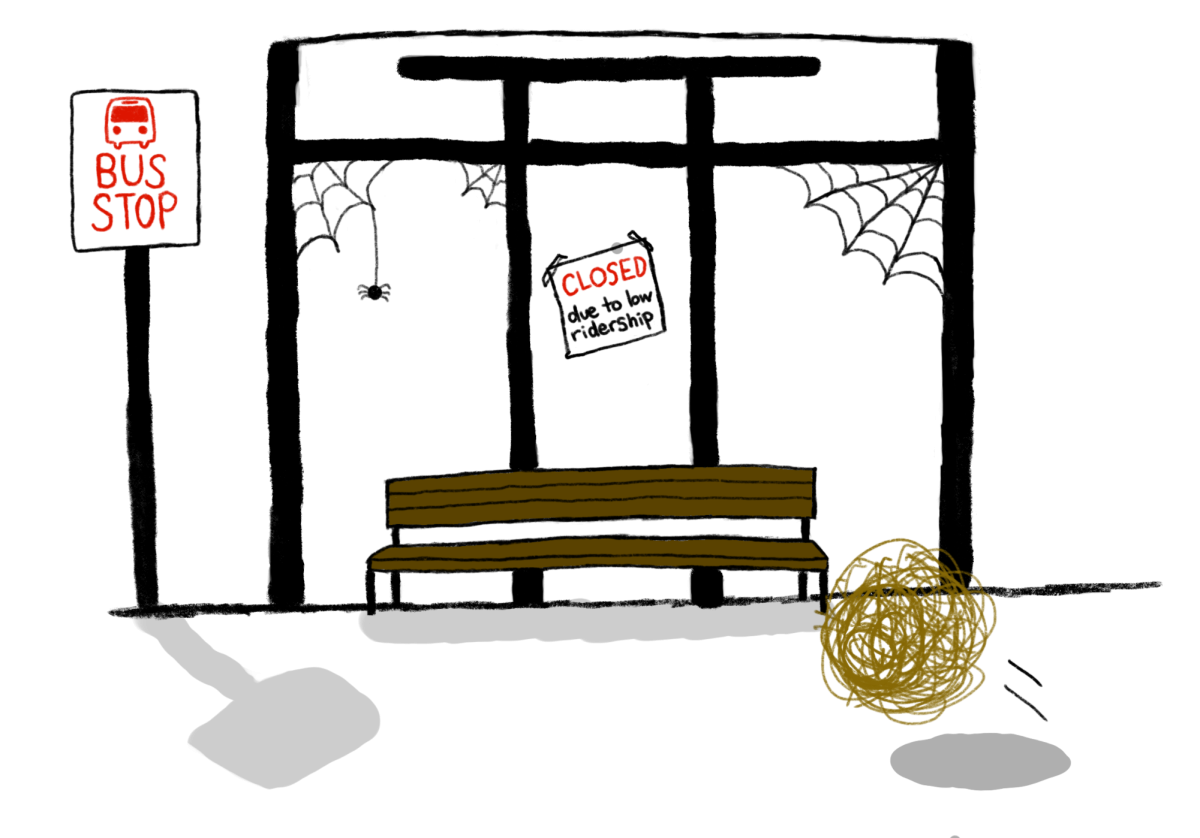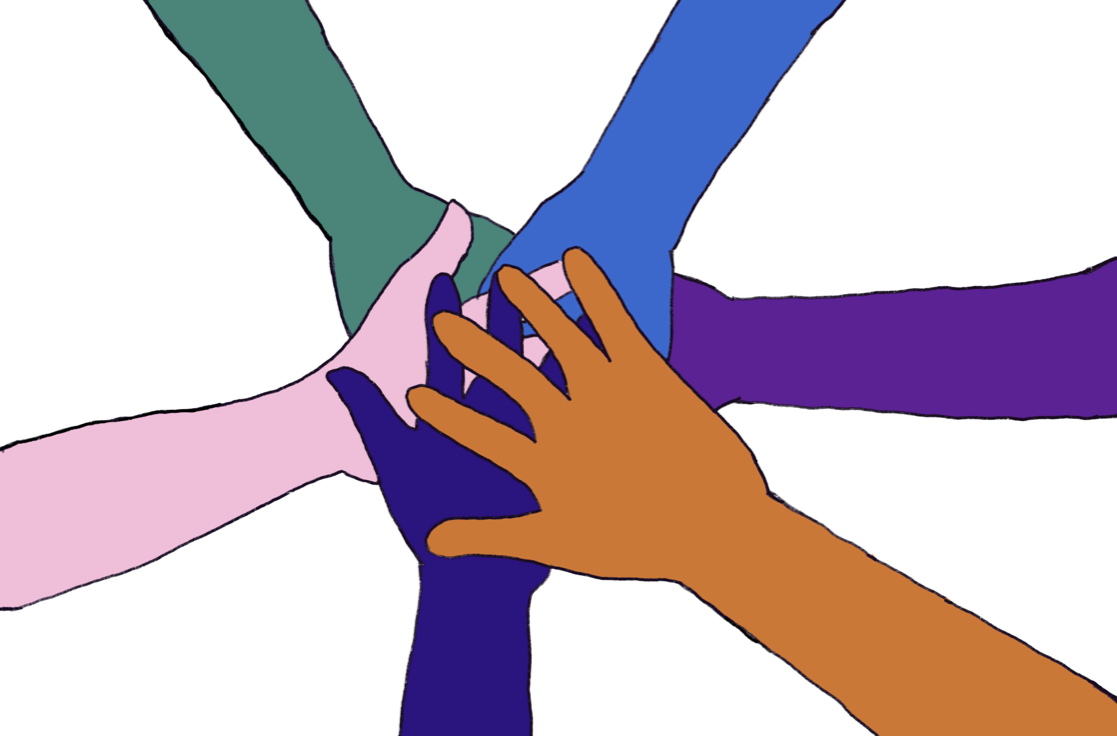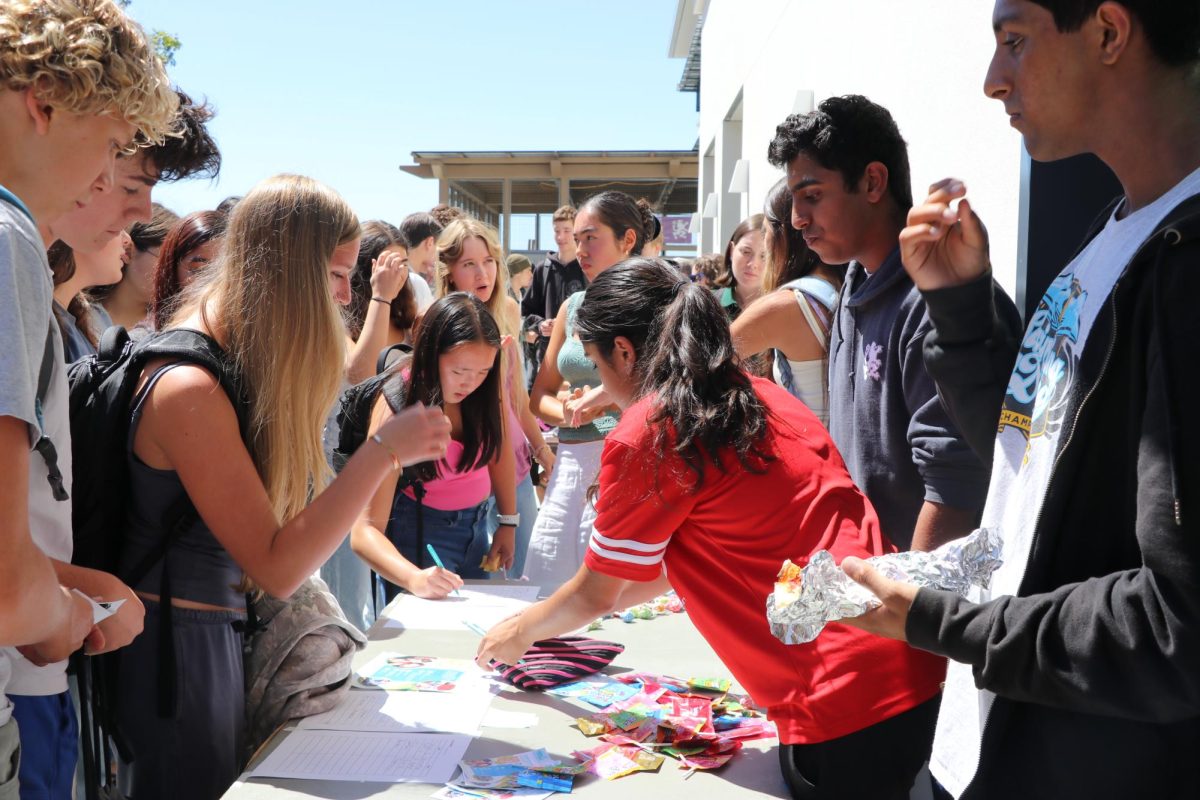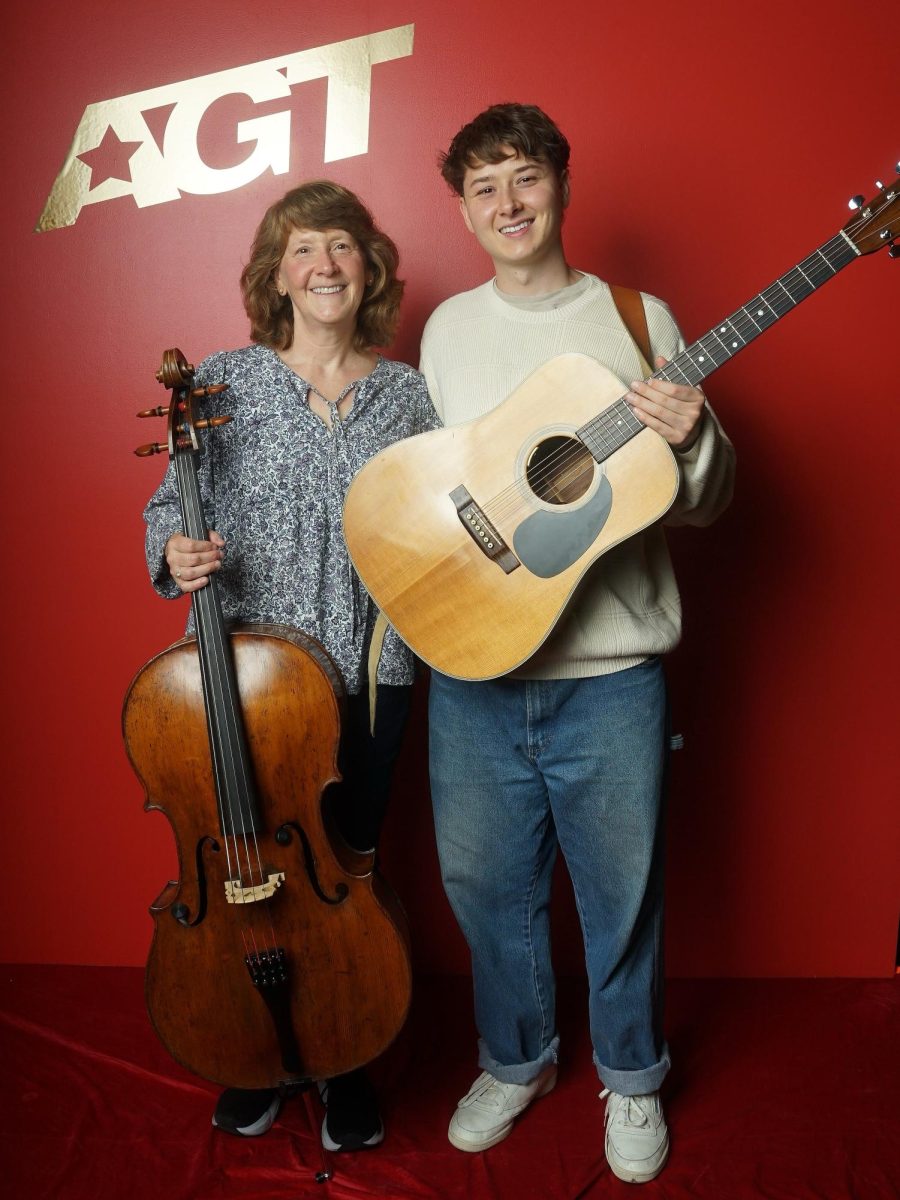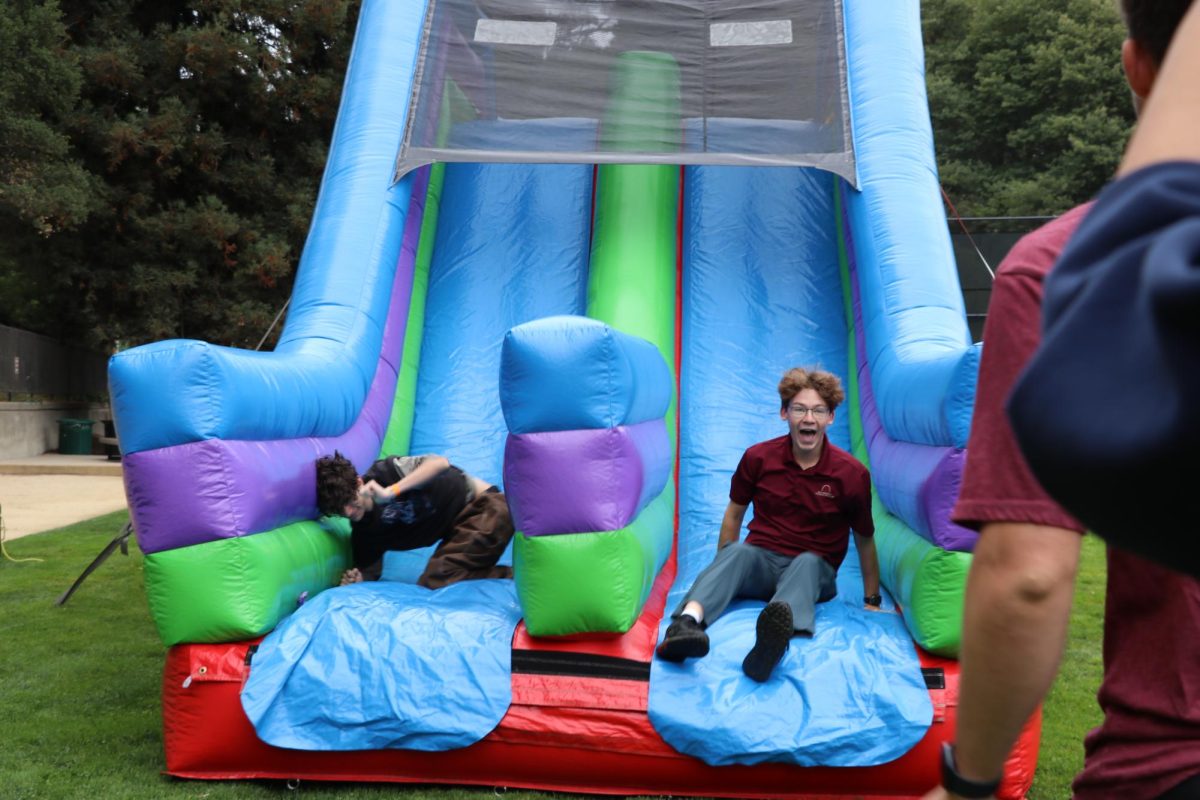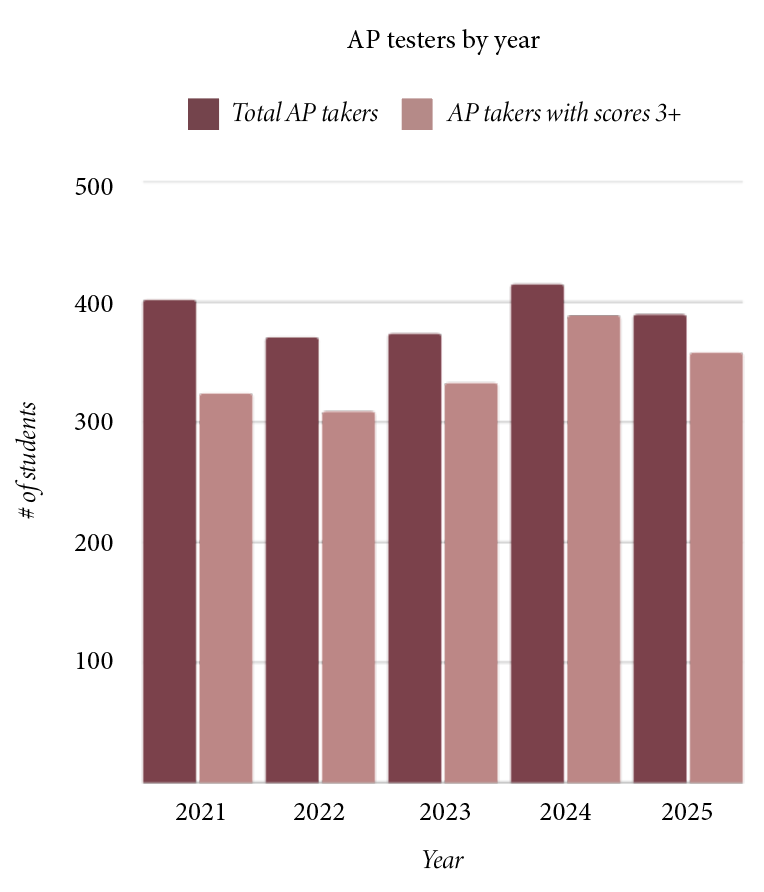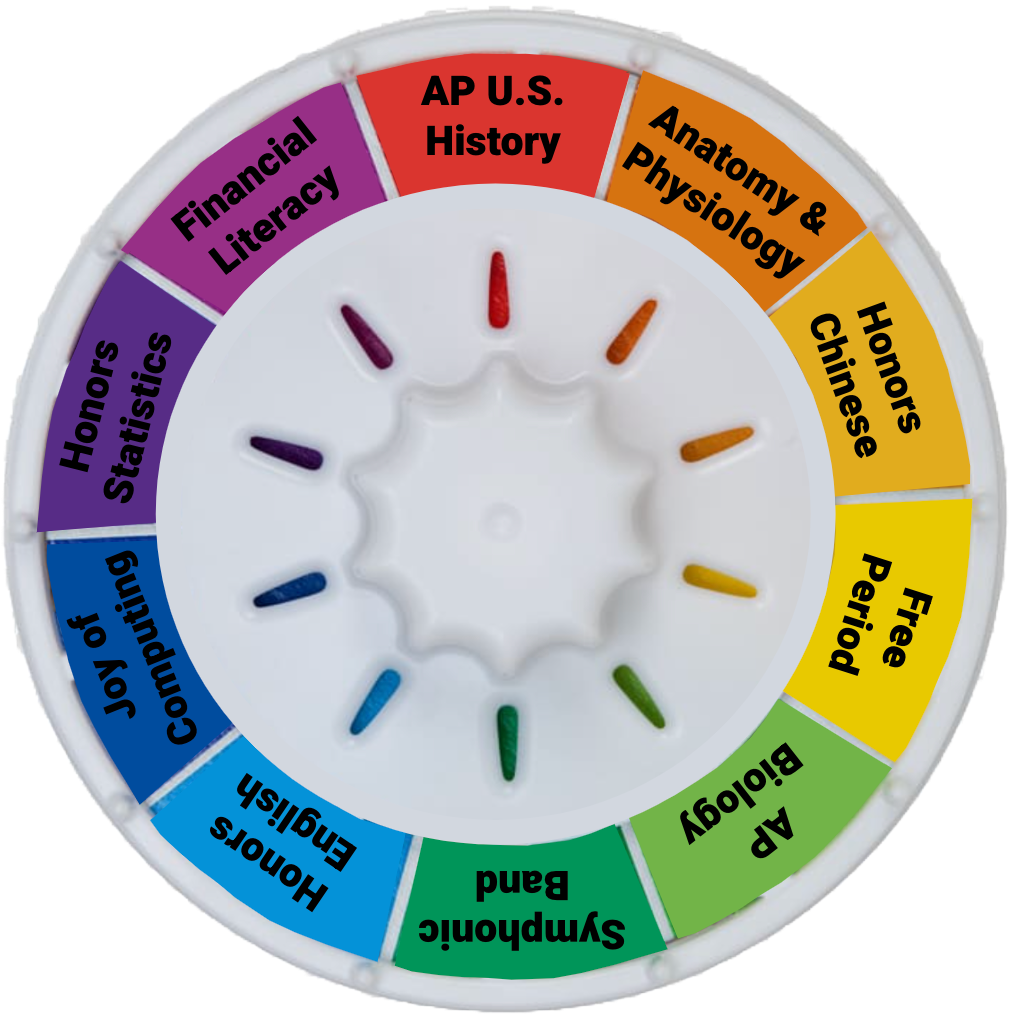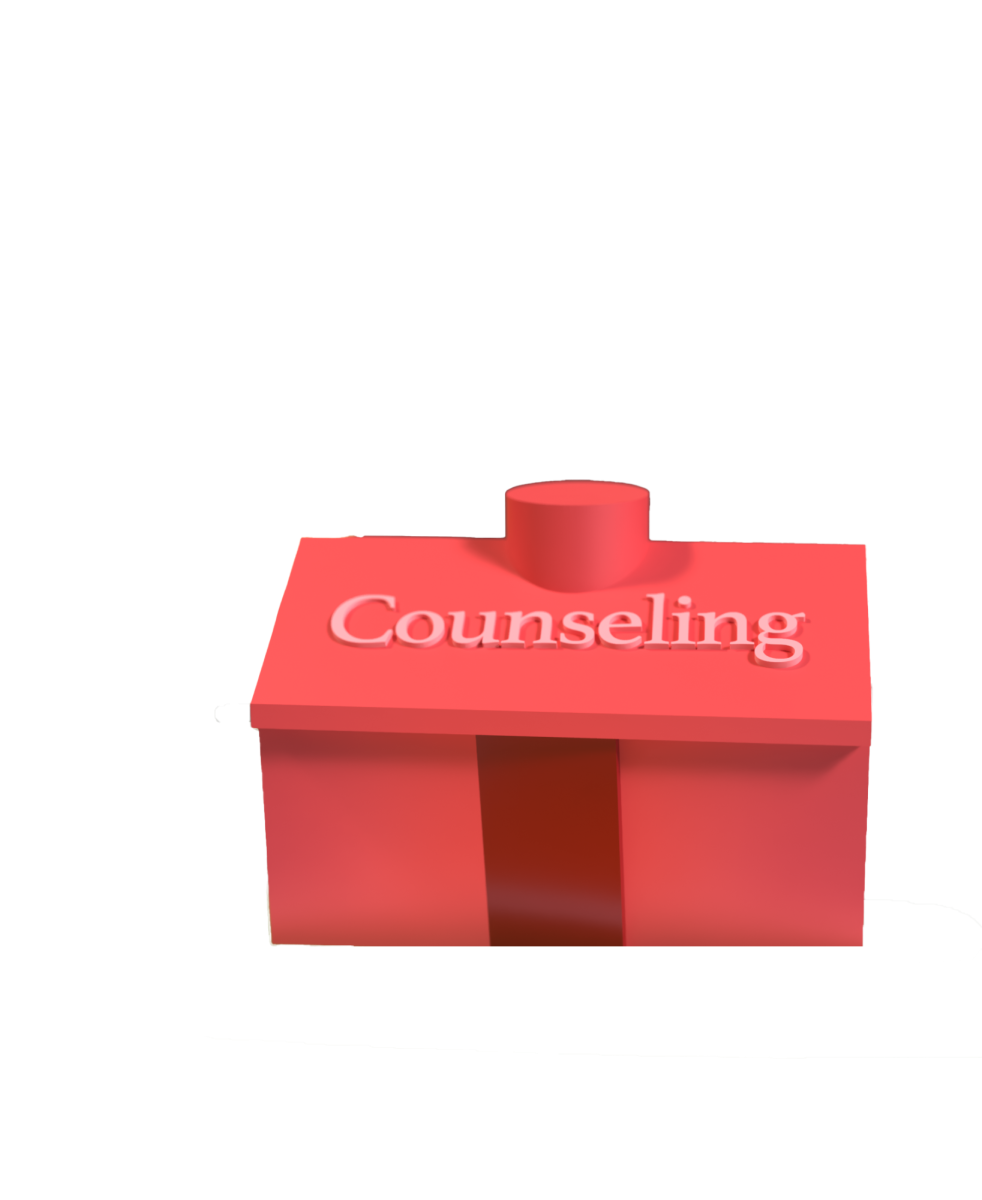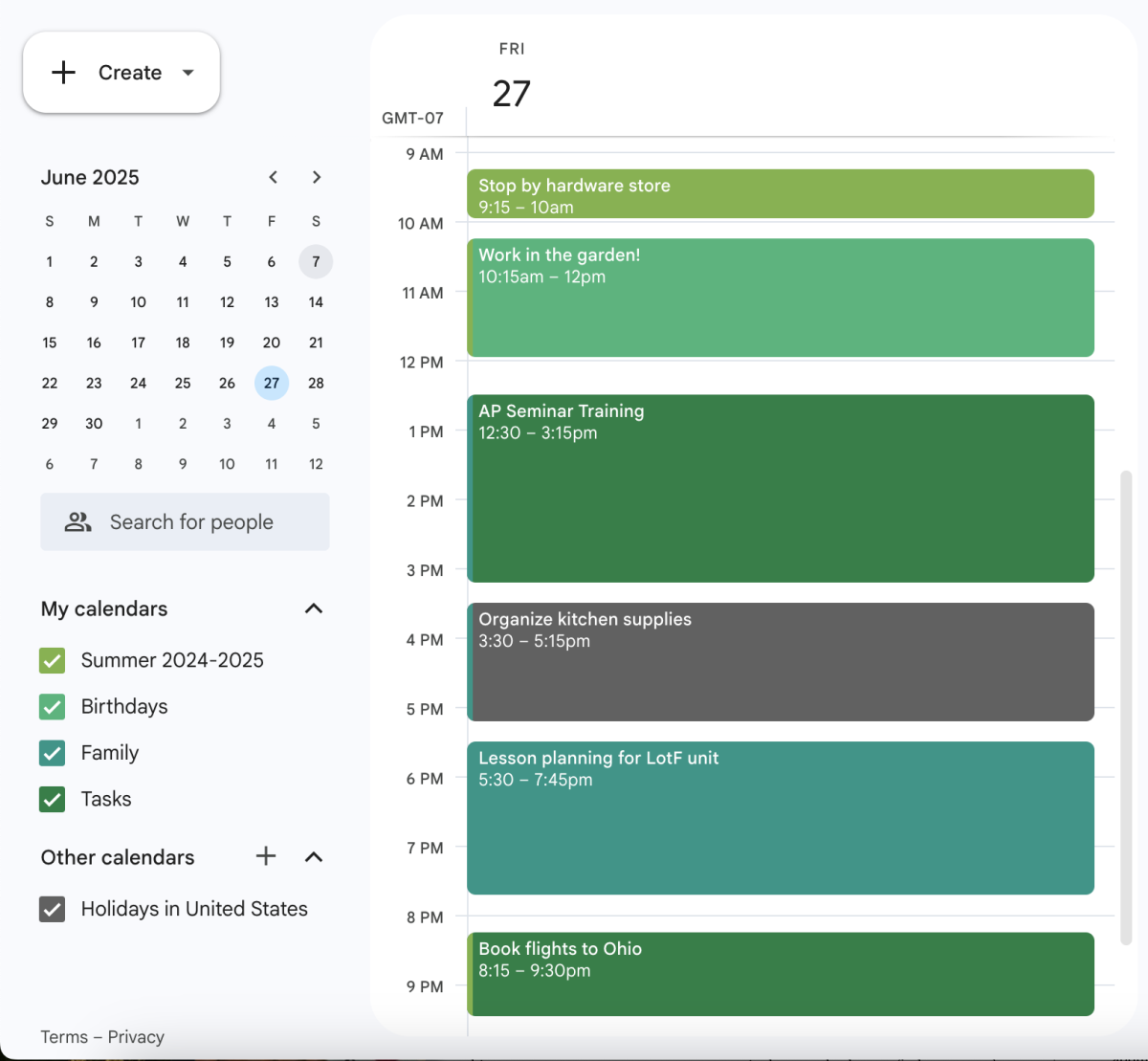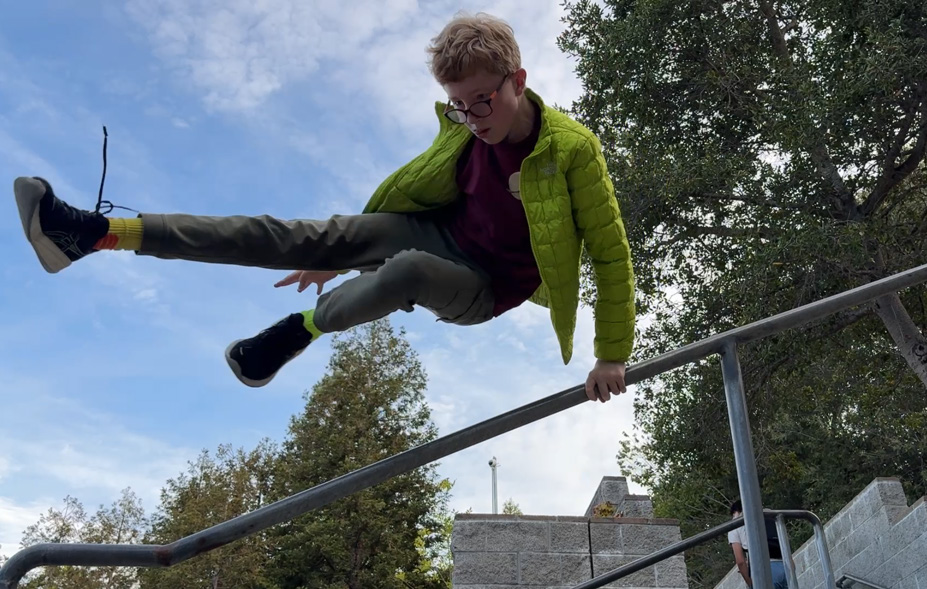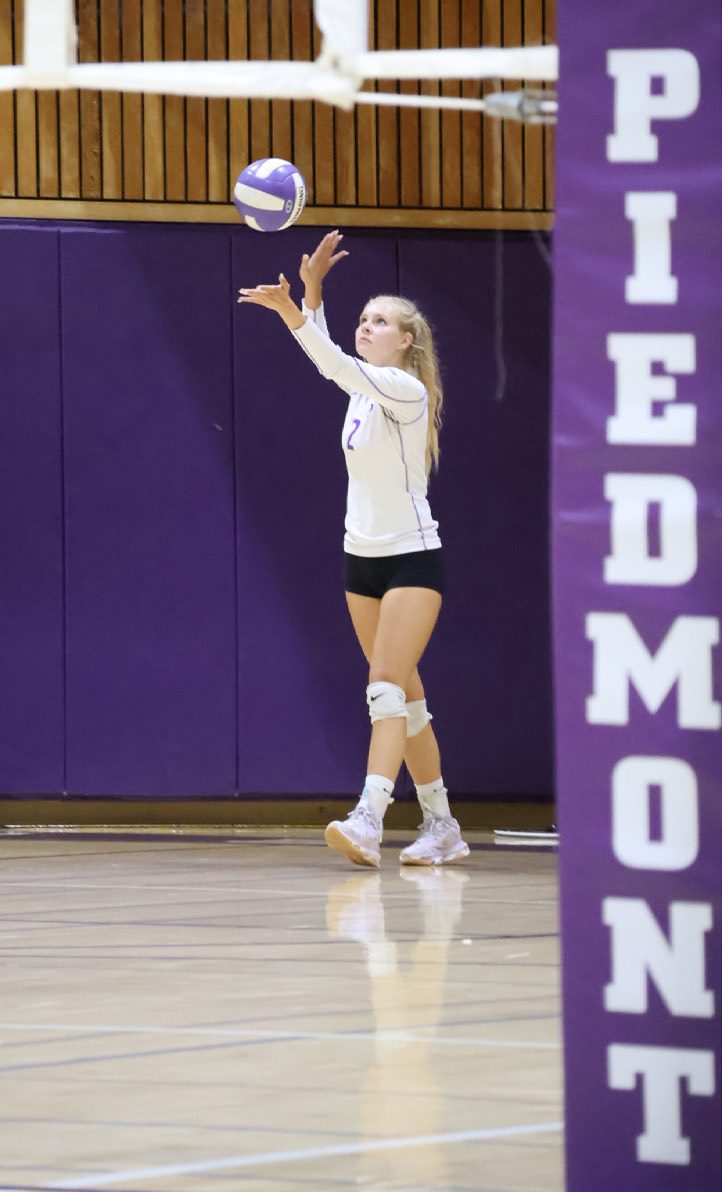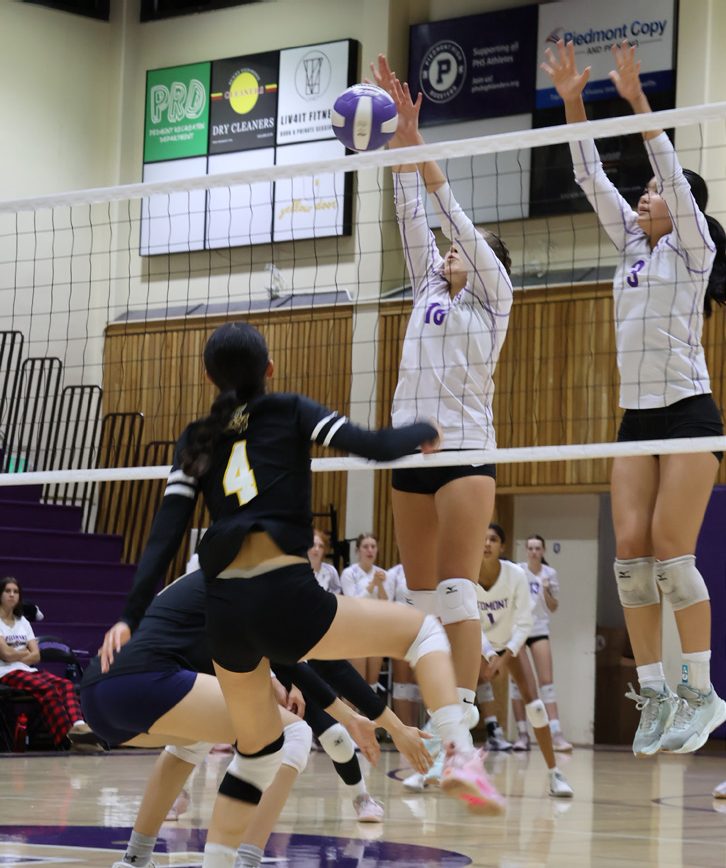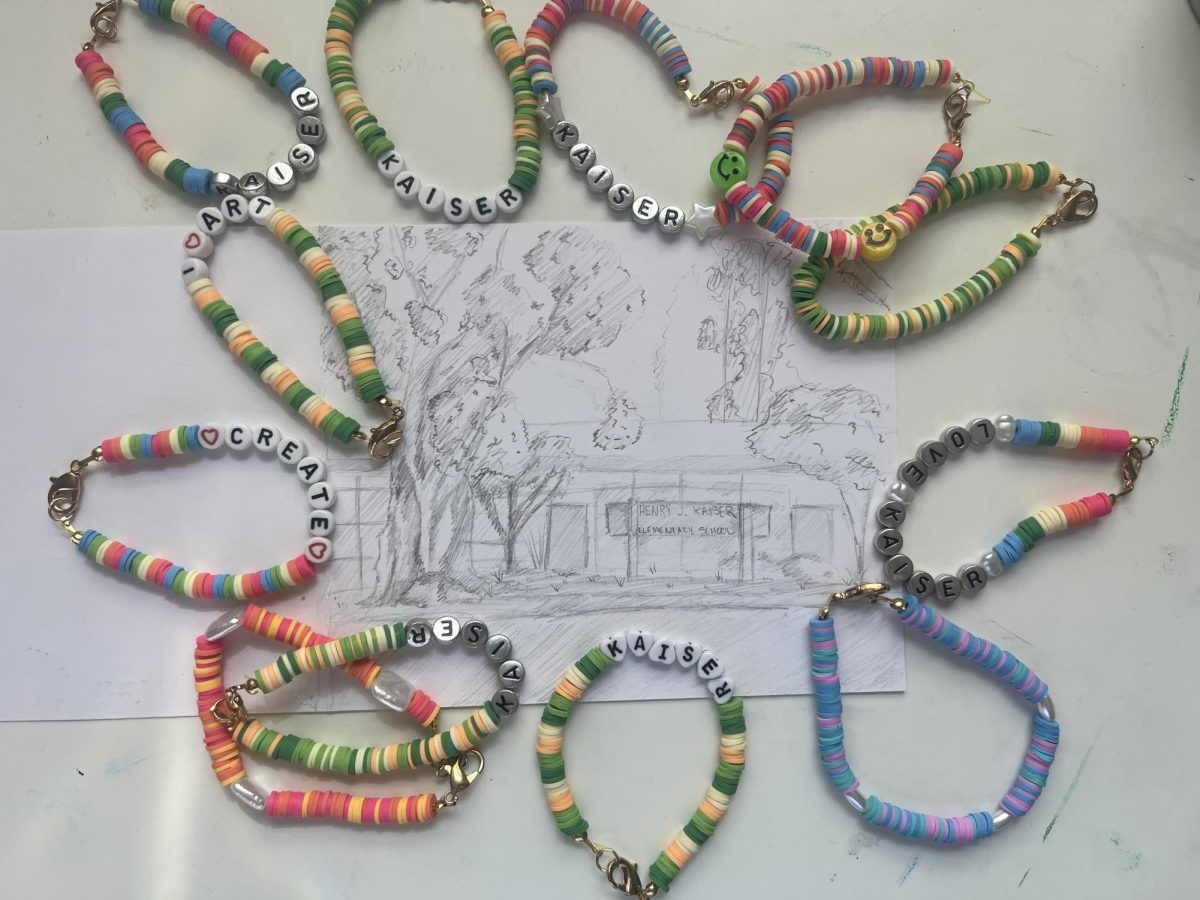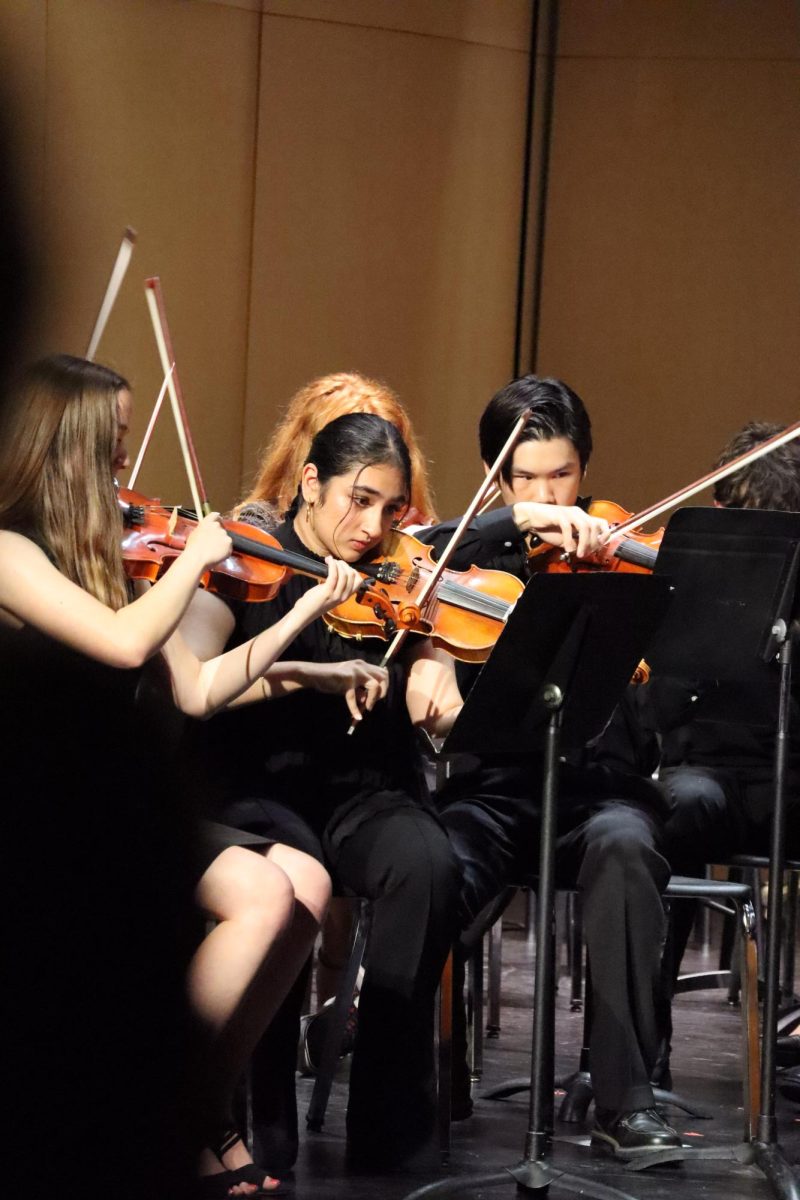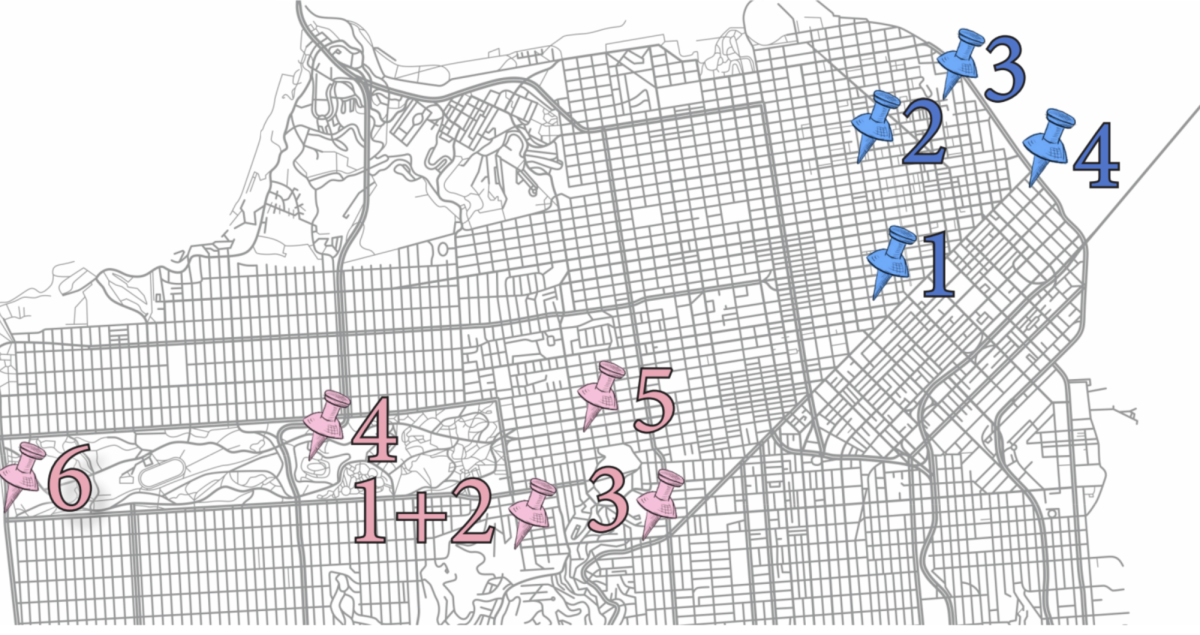Results from mental health surveys taken by students at PHS and MHS have revealed recent increases in stress, depression, and anxiety amongst high school students.
PHS and MHS clubs and groups have considered the data to improve student well-being on and off campus, said junior and Challenge Success Co-Vice President Nate Seevak. 
“There was a lot of very eye-opening information from the survey,” Seevak said.
According to the California Healthy Kids Survey, in the last decade, adolescents have experienced the lowest rates of happiness and life satisfaction as well as the highest rates of loneliness and depression.
This data mirrors trends outside of California as well, said Wellness Center supervisor Alissa Crovetti.
12.5 percent of 9th and 10th graders had seriously considered suicide in the past 12 months, according to a University of Michigan study.
“I think that one reason [for these trends] is the increased use of technology [and therefore] increased isolation,” Crovetti said. “Also, I think that this generation of kids have parents who remove obstacles for their kids. They haven’t learned how to handle setbacks on their own, and I think that has done a disservice.”
Crovetti also said that there appears to be false messaging surrounding college admissions.
“I think students have very high expectations for themselves [and] parents have very high expectations for their [kids],” Seevak said. “When students compare themselves to their peers, that causes stress and anxiety, which snowballs on itself and creates an almost toxic culture.”
Additionally, Seevak said that there is a dramatic difference between the level of stress female students experience on campus compared to male students.
“Girls tend to internalize their stress whereas boys tend to act out or externalize,” Crovetti said.
According to the Challenge Success survey, 53 percent of female students and 32 percent of male students always worry about getting into the college or university of their choice.
Seevak said that the more we bring mental health into the conversation, the better off the school will be.
In order to spark this conversation, PUSD held a school board workshop regarding student stress on Dec. 9th based on these results. High school administrators and Wellness Center and College and Career Center staff presented the results to students, teachers, and parents.
“The audience [at the workshop] was very quiet during most of the presentations, particularly around stress and mental health,” Cota said. “But when they started talking about college, you could feel the anxiety in the room go up and people’s hands started shooting up.”
Cota said she believes that because students are in a very pressured environment, there has been a significant increase in cheating.
“I think when students are overstretched, they are going to feel forced to cut corners because there is only so much time,” Cota said.
According to the Challenge Success Survey, 89.3 percent of students taking four or more AP courses reported cheating at least once in the past month. 100 percent of juniors taking more than four AP courses reported cheating.
“I feel like the pressure in this community surrounding college is so great that even students who might otherwise shun cheating might find themselves tempted to compromise their academic integrity,” Cota said.
Cota said that after being a teacher at PHS for 24 years, it is not solely the cheating trends she has seen change.
“I feel like over the years, the quality of the work that my students produce and turn into me has been edging downward, while the feelings of entitlement to an A have been edging upward,” Cota said. “I think that any kid could conquer an honor or an AP class in itself, but what concerns me is when students are over-scheduling themselves in a way that makes it impossible to do truly excellent work in all of the things that they’ve committed to.”
However, there have been many recent efforts to mitigate student stress, including the workshop itself.
“This school is doing a lot of good things to improve mental health, but it is obviously still a problem so there is more that can be done,” said junior and Co-Founder of Mindhood Club Haydn Wolfers.
Wolfers said Mindhood Club encourages students to become aware of how much time they spend on technology so that it does not become a detriment to their well being.
“We’ve organized a LookUp Challenge where people can look up from their phones for a week,” Wolfers said.
Seevak said that Challenge Success Club has the goal of improving the overall high school experience for students. The club started the lawnchair lunch-in, an event at which teachers and students can have casual conversations to build their relationships.
“We are working toward a lawn chair lunch-in at the start of February,” Seevak said. “We are also forming a dot system where teachers put their initials by [pictures of] students that they feel connected to. Then they can see what students they should reach out to.”
Additionally, the Wellness Center’s services have been shown to improve student mental health. According to the Wellness Center pre and post-screening tools, mean depression ratings dropped 8.5 percent and mean anxiety ratings dropped 7.1 percent after treatment at the Wellness Center.
An anonymous student commented in the 2017-18 annual Wellness Center study survey, “Having the wellness center is like having a safety blanket at school, knowing that if you can’t handle something or become too stressed out, you have a place you can go to just breathe or talk through things.”
Crovetti said there is still a large number of students who are afraid to seek support because of the stigma surrounding mental health.
“I would like [students to know] that the Wellness Center is confidential,” Crovetti said. “There is a misperception that we tell parents and teachers whenever kids come in, but there are very few situations where we are mandated to share information outside of a session.”
Crovetti said she hopes to see further improvements in the future.
“Having someone to connect with, someone to listen [to you], someone who gives you unconditional positive regard helps kids feel better,” Crovetti said. “We make sure to never let kids fall through the cracks.”


